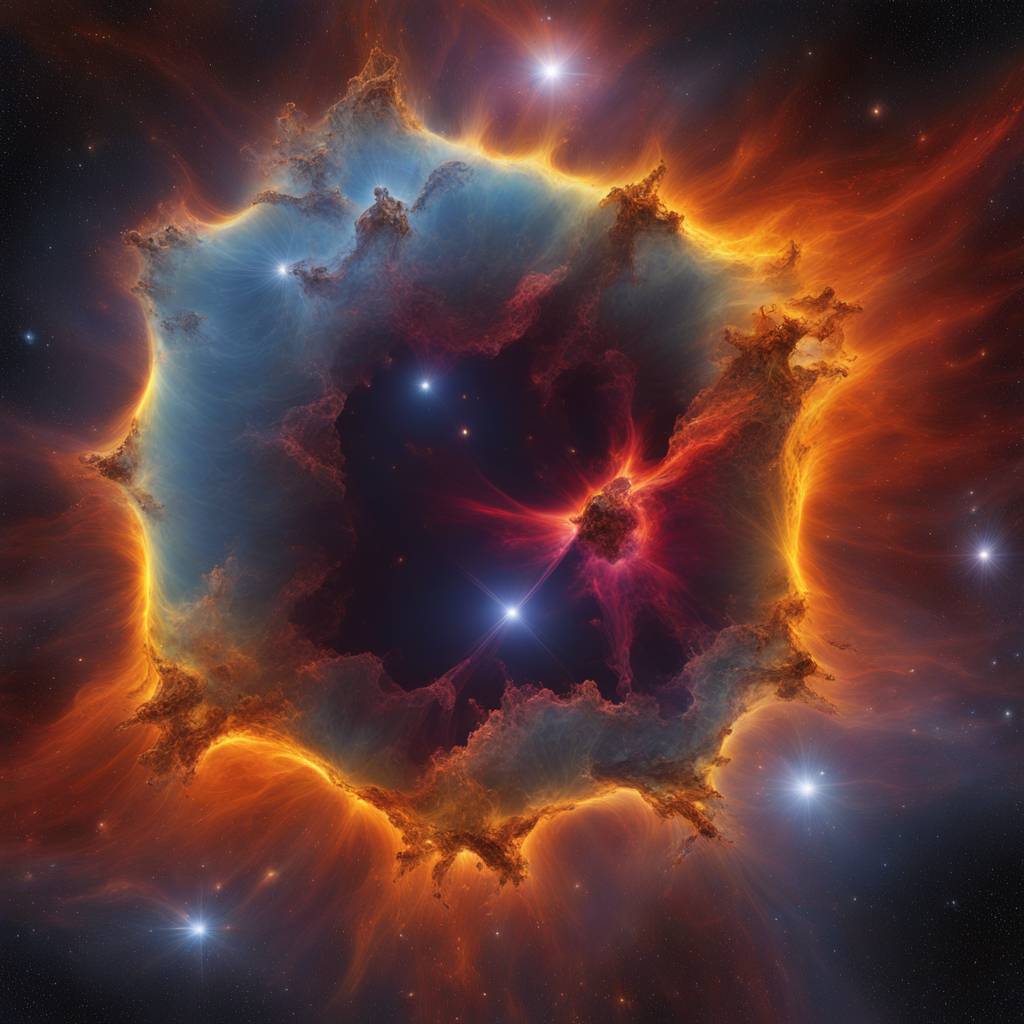Scientists have long known that planetary systems such as our solar system consist of more rocky objects than gas-rich ones. The inner planets of our solar system, along with objects like the asteroid belt and Kuiper belt objects, are primarily composed of rock. In contrast, gas giants like Jupiter, Saturn, Uranus, and Neptune are mostly made up of gas. However, there has been a mystery surrounding when and how most of the gas leaves a nascent planetary system, given that planet-forming disks start out with 100 times more mass in gas than solids. To address this question, a new study led by Naman Bajaj at the University of Arizona used the James Webb Space Telescope to observe a circumstellar disk actively dispersing its gas into space.
During the early stages of planetary system formation, planets form within a spinning disk of gas and tiny dust particles around a young star. These particles gradually collide and stick together to form planetesimals, which eventually coalesce to form planets. The outcome of planet formation is dependent on the evolution and dispersal of the disk itself. By observing a young star named T Cha surrounded by a circumstellar disk with a dust gap, the research team was able to image the disk wind, which refers to gas slowly leaving the planet-forming disk. They utilized the James Webb Space Telescope to detect noble gases like neon and argon in the disk and found evidence of double ionized argon, a first in a planet-forming disk.
The observations of the disk wind enabled the researchers to propose that the gas dispersal from the T Cha disk is likely driven by high-energy photons from the star. Simulations conducted by a separate team supported this hypothesis, showing that stellar photons could explain the observed dispersal of gas. Discovering neon signatures and double ionized argon in low-mass planet-forming disks marks a significant advancement in understanding the process of gas dispersal from circumstellar disks. This discovery could further transform the understanding of gas clearing in planet-forming disks and shed light on the history and impact of our own solar system.
Furthermore, the team uncovered that the inner disk of T Cha is evolving rapidly over periods of decades, with a noticeable change in the spectrum observed by the James Webb Space Telescope compared to previous observations with the Spitzer Space Telescope. This change suggests that the disk of T Cha is in the final stages of its evolution and may witness the dispersal of its dust mass within the near future. The research team, which includes scientists from various institutions, aims to continue exploring the evolution of the T Cha system and its implications for planetary formation. By studying the gas dispersal process in circumstellar disks, scientists can gain valuable insights into the formation and evolution of planetary systems like our own.






